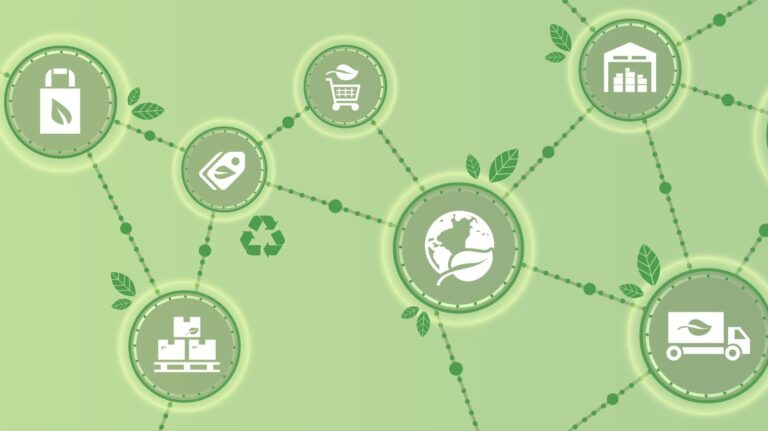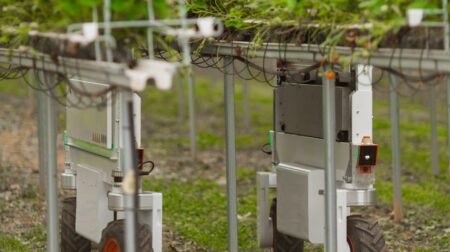Speaking to Robotics & Automation Magazine, Mark Rutherford, CEO at Alexander Battery Technologies discusses the efficiency gains that help organisations meet their environmental, social and governance (ESG targets), as well as the environmental costs of the robotics and automation supply chains.
Read more: University of Birmingham wins £35m for hub to advance sustainable robotics
How can robotics and automation help firms reach ESG targets?
By automating processes, businesses can significantly reduce energy consumption, optimise resource utilisation, and minimise waste. For instance, robotic systems can operate precisely which leads to fewer defects and less material wastage. Automation also allows businesses to plan for maintenance, reducing downtime and enhancing overall efficiency. Environmental goals can be reached, and a safer working environment can be achieved through the adoption of automated processes.
Furthermore, automation can facilitate the integration of renewable energy sources into operations, further reducing carbon footprints. Embracing robotics and automation isn’t just about enhancing productivity; it’s a strategic move towards a more sustainable and responsible future.
Where are the main sustainability savings seen when automation is introduced?
Automation, including the use of robots for tasks such as materials handling and assembly, enables companies to optimise manufacturing processes in several ways that contribute to sustainability.
One of the key areas where sustainability savings are seen is in reduced energy consumption. Robots and automated systems can operate with high efficiency and precision, often requiring less energy than manual processes. Furthermore, these systems can operate in conditions that are not suitable for humans, such as in low or no light environments. This means that for certain operations, especially those that are continuous or need to be conducted around the clock, there is no need to provide lighting or maintain comfortable temperatures for human workers. Consequently, significant energy savings can be achieved by reducing the need for heating, ventilation, and air conditioning (HVAC) and lighting in parts of the facility where automation is implemented.
Operating warehouses and manufacturing facilities 24/7 using robots without the need for traditional energy sources for heating or lighting demonstrates a strategic approach to minimising operational energy use. This not only reduces the company’s carbon footprint but also contributes to operational efficiency by allowing for uninterrupted production cycles. The ability to run these operations continuously without human intervention ensures that the material picking and other processes are more streamlined and can be conducted at any time of day or night, further enhancing productivity and reducing waste.
How relevant is the supply chain associated with building robots (e.g. sourcing global materials) in the discussion of sustainable automation?
The supply chain associated with building robots is crucial for sustainable automation, yet it presents complex challenges. To truly achieve sustainable automation, manufacturers must scrutinise every aspect of the supply chain, from raw material sourcing to manufacturing processes. This may involve partnering with suppliers committed to sustainability, implementing transparent supply chain practices, and prioritising local sourcing where feasible. By addressing sustainability throughout the supply chain, manufacturers can ensure that their automation initiatives have a positive environmental and social impact.
Will reshoring supply chains play a role in the future of sustainable automation?
Reshoring presents opportunities to enhance competitiveness while also advancing sustainability goals. It enables reduced transportation emissions, mitigates supply chain risks, and allows manufacturers to comply with environmental standards. Manufacturers choosing to reshore supply chains can demonstrate a commitment to responsible sourcing and foster closer collaboration with suppliers to improve supply chain agility and efficiency.
You can read more about how automation can help organisations meet ESG targets in the May 2024 issue of Robotics & Automation.








